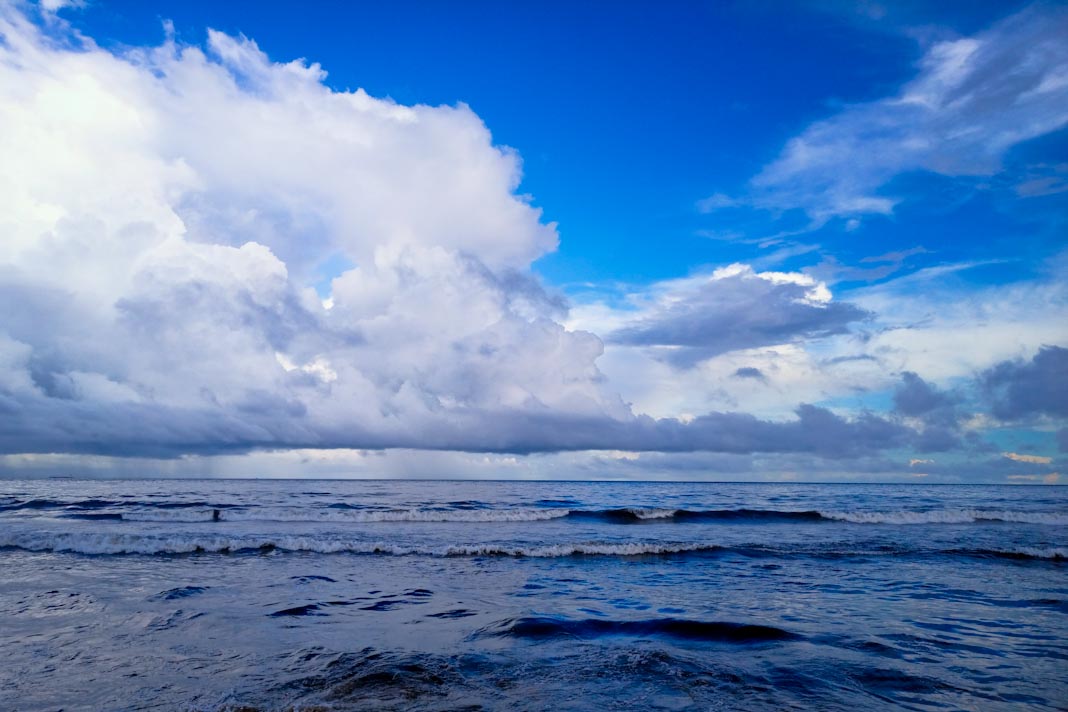
- A UNSW Sydney researcher has developed AI technology to help cargo ships reduce fuel usage by navigating ocean currents more efficiently.
- The innovation, developed by the startup CounterCurrent, acts like a “Google Maps for the sea” using satellite data to guide ships along energy-saving routes.
- The tool can cut emissions and operational costs, helping the shipping industry meet environmental targets and lower consumer prices.
A breakthrough by Associate Professor Shane Keating from UNSW Sydney could mark a turning point in making cargo shipping more environmentally friendly. By leveraging artificial intelligence and advanced ocean modeling, Keating has created a system that allows large ships to use natural ocean currents to their advantage—cutting both fuel use and pollution, according to The Cool Down.
The Shipping Industry’s Fuel Problem
Cargo ships are vital to the global economy, transporting over 11 billion tons of goods annually, according to the International Chamber of Shipping. But these massive vessels—often carrying thousands of 40-foot containers—consume large volumes of fuel, releasing harmful pollutants like black carbon and sulfur dioxide into the atmosphere daily.
AI Meets Ocean Currents
After 15 years in development, Keating’s solution comes through a UNSW Sydney-owned startup called CounterCurrent. The system uses satellite sensors to collect ocean current data and applies AI algorithms to calculate the most efficient route for each vessel.
“The algorithm is like a Google Maps for the sea, giving the most efficient route in real time based on the behavior of ocean eddies,”
— Shane Keating, Associate Professor, UNSW Sydney
Benefits for the Environment and the Economy
By cutting fuel consumption, shipping companies could significantly reduce operating costs. These savings could translate into lower costs for consumers. More importantly, reducing fuel usage lowers greenhouse gas emissions and air pollutants—improving public health and aiding efforts to combat climate change.
This innovation complements other steps the industry is taking toward sustainability. In 2024, the world’s largest electric container ship began regular service, and the IMO adopted new clean fuel regulations for global shipping fleets.
Next Steps for Deployment
Keating has successfully tested his route optimization algorithm on more than 100 vessels. Now, the project is moving toward commercialization.
“My hope is that, within the next five years, this research will change the way that ships cross the ocean so that shipping companies can meet their emissions targets,”
— Shane Keating, Associate Professor, UNSW Sydney
A Cleaner Future for Global Trade
As the maritime sector faces mounting pressure to decarbonize, innovations like CounterCurrent’s real-time ocean routing could become essential tools in cutting emissions and keeping global trade sustainable.
Did you subscribe to our Daily newsletter?
It’s Free! Click here to Subscribe!
Source: The Cool Down

















